FEA RESULTS OF NICKEL ALLOY
The total deformation, equivalent stress analysis, equivalent strain analysis for the Nickel alloy is shown in figure 17, 18, and 19 respectively. The total heat flux and directional heat flux analysis for the Nickel alloy is shown in figure 20 and 21 respectively. The same procedure was followed for the static structural analysis and the thermal analysis of the Nickel alloy as like the structural steel and Titanium alloy. The same constraint and rotational velocity is considered.
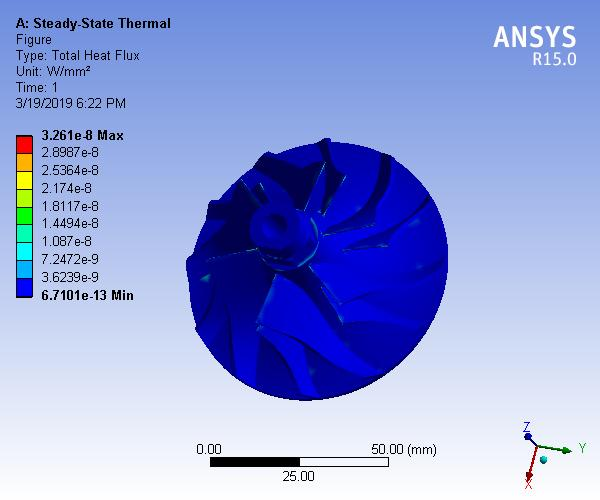 Figure 15. Total heat flux for Titanium alloy
Figure 15. Total heat flux for Titanium alloy
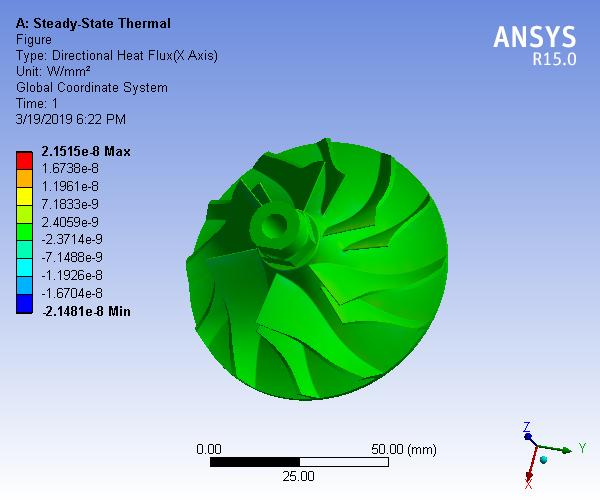
Figure 16. Directional heat flux for Titanium alloy
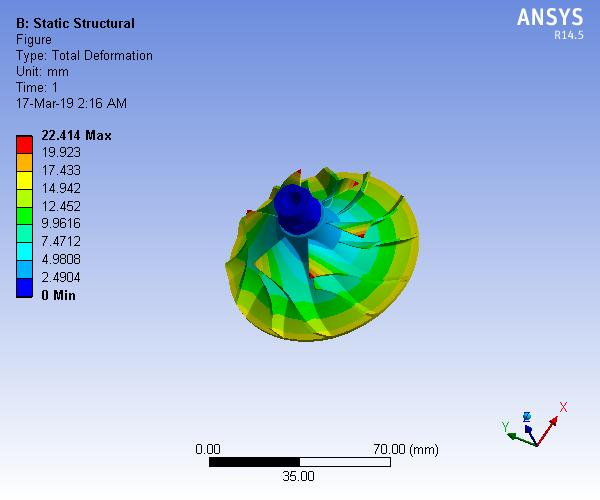
Figure 17. Total deformation for Nickel alloy
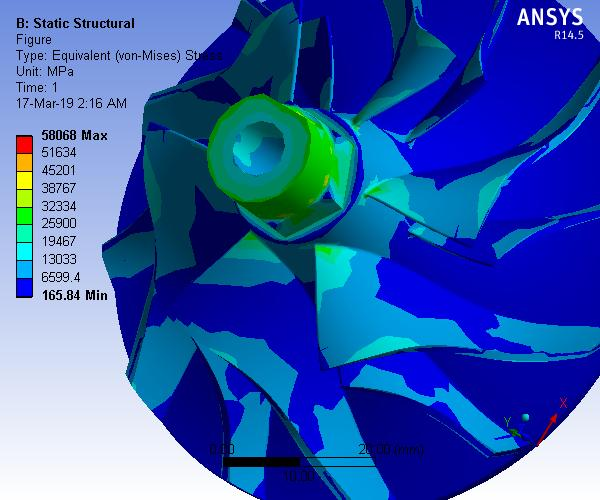
Figure 18. Equivalent stress for Nickel alloy
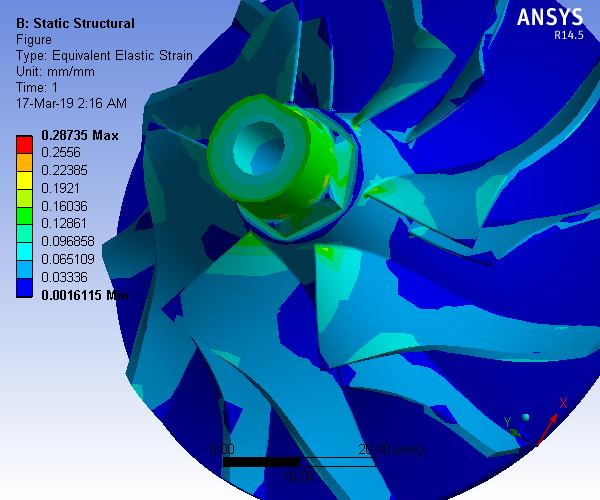
Figure 19. Equivalent strain for Nickel alloy
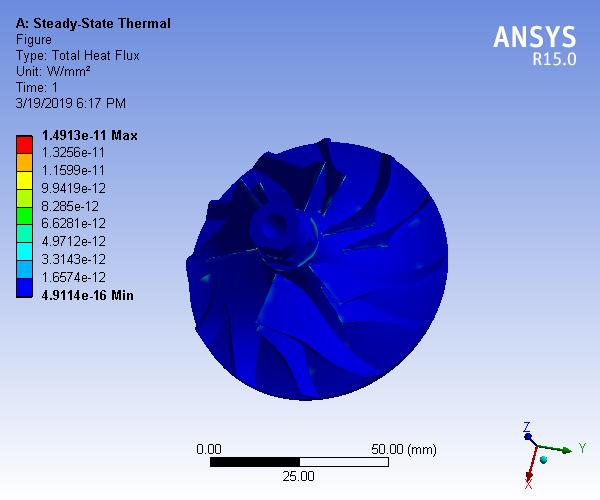
Figure 20. Total heat flux for Nickel alloy
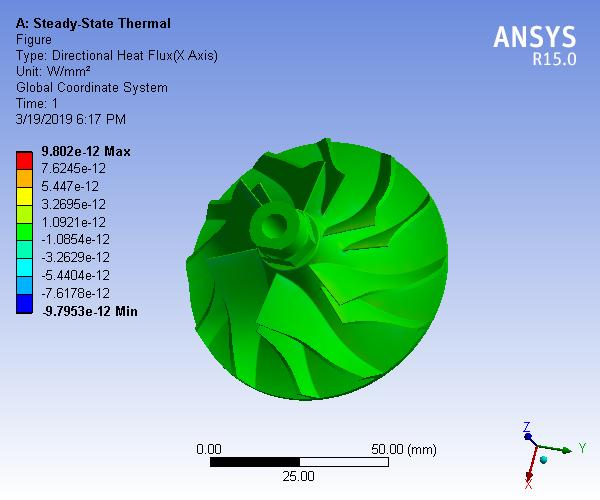
Figure 21. Directional heat flux for Nickel alloy
The table 4 and 5 shows the comparison static structural analysis results and thermal analysis results of all the three materials considered in this study. The comparison graphs of all the five parameters analyzed in this study is shown in figures 22 to 26 respectively.
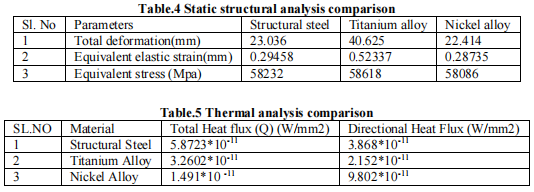
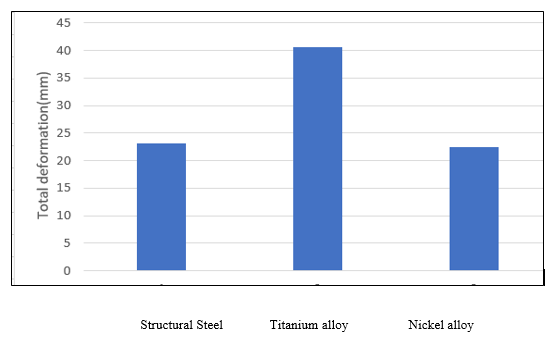
Figure 22. Comparison of total deformation
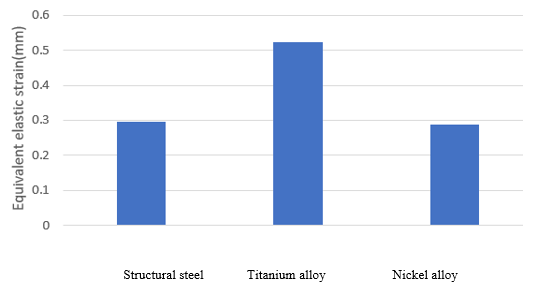
Figure 23. Comparison of Equivalent elastic strain
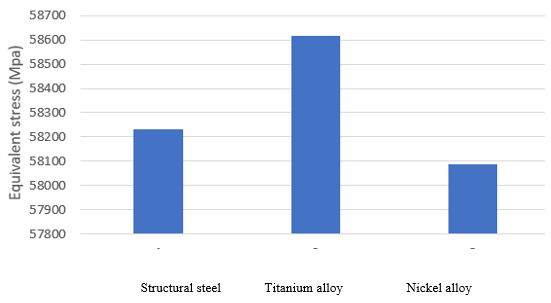
Figure 24. Comparison of Equivalent elastic stress
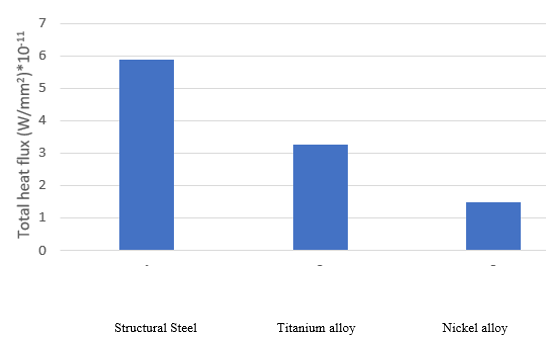
Figure 25. Comparison of Total Heat Flux
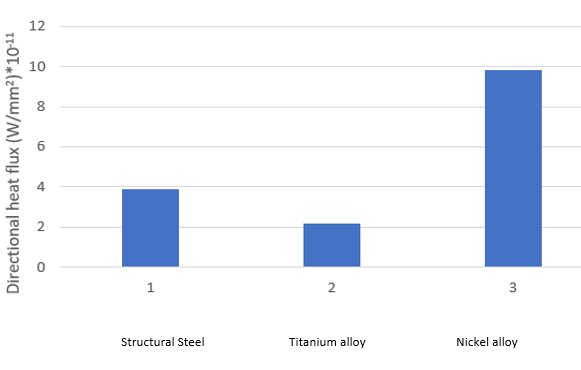
Figure 26. Comparison of Directional Heat Flux
The above shown graphs clearly show the comparison among the structural properties between the three materials. Out of the three materials Titanium seems to undergo more deformation compared to Nickel alloy and Structural steel. The above shown graphs clearly shows the comparison among the thermal properties of the three materials. The directional heat flux for Nickel alloy is the highest among the three materials but since the total heat flux is least for Nickel alloy when compared to Titanium alloy and Structural Steel.
CONCLUSION
The analysis was carried out for the impeller of the turbocharger using ANSYS.In the analysis part the model of the impeller was created using CREO and the files were saved in STEP format and imported to ANSYS. The analysis is carried out on the redesigned model with different materials (Structural Steel, Nickel alloy and Titanium alloy) and the results were compared. From the above result summary table we conclude that Nickel alloy was found better than Structural Steel and Titanium alloy. From the above data we observed that minimum stress and
deformation is obtained for Nickel alloy. Also the total thermal flux induced on the impeller was low for the material Nickel alloy. Thus the impeller could withstand more stress and temperature if Nickel alloy is used. So we conclude that Nickel alloy is the most apt material among the three chosen materials for the impeller of the
turbocharger.

